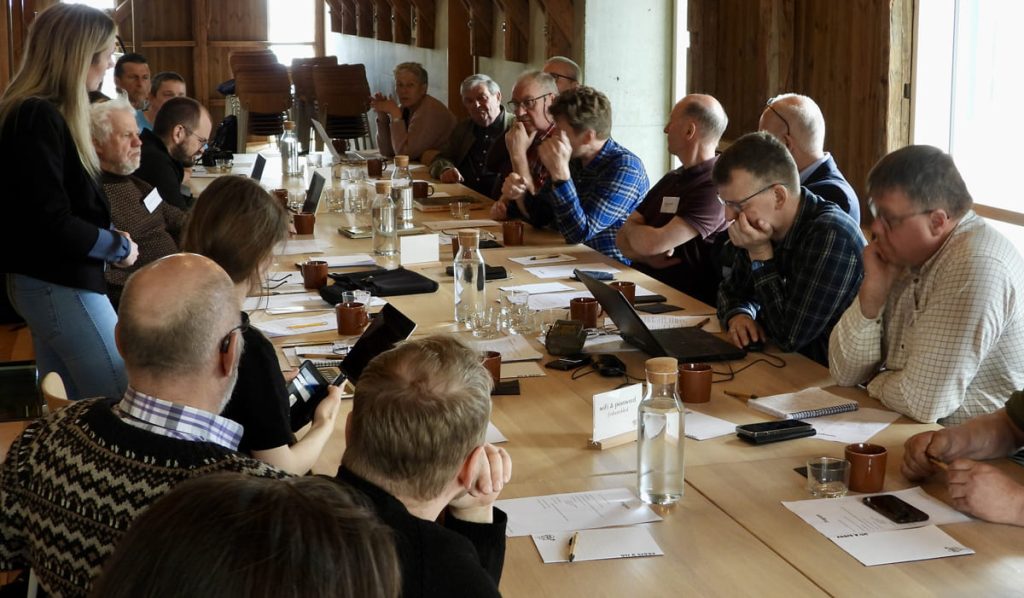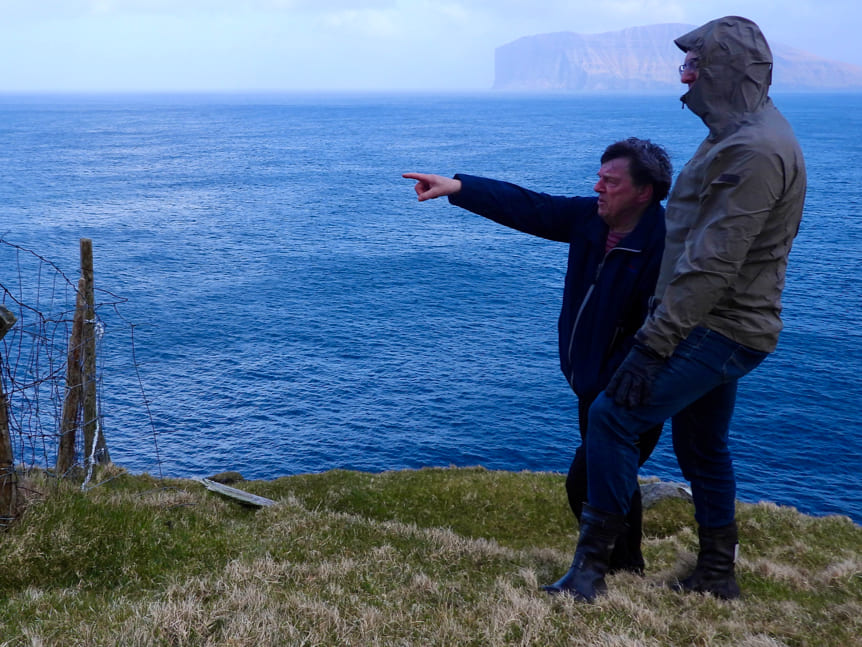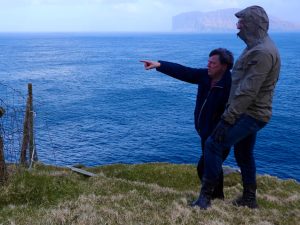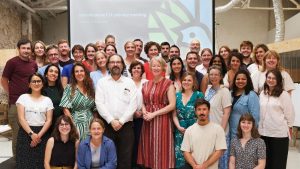Active collaboration between citizens, public authorities, and scientists for environmental management is not only essential, but also an explicit recommendation of the global biodiversity agreement of the United Nations Convention on Biological Diversity. Two new reports published by the Nordic Council of Ministers present examples of citizen involvement in nature management in the Arctic and set out a concrete framework for strengthening this citizen engagement. Both publications have been produced by multiple Arctic organizations in collaboration with NORDECO as partner of the more4nature project.
Practical examples in Norway, Iceland and Greenland and the Faroe Islands.
The report Strengthened locally based monitoring and management of living resources in the Arctic is divided in two parts. Firstly, it describes three real-life cases in which the participation of hunters, farmers or fishermen is transforming the management of natural resources in Norway, Iceland and Greenland, as an important supplement for conventional authority- and researcher-based approaches. In Norway, the “Porsangerfjord 3.0” project is integrating local and scientific knowledge to restore coastal ecosystems around the Porsanger Fjord, while economically and culturally reactivating the area. In Western Iceland, a systematic community-based environmental monitoring system is proposed for Breiðafjörður Bay, a vital biodiversity hotspot home to more than a thousand of farmers, fishermen and their families and fundamental for Iceland’s fishing industry and eiderdown production. In Disko Bay, Greenland, a working group has been active since 2022 to strengthen the existing participatory monitoring and management programs led by fishermen and hunters and their insights.

The second part focuses on the results of a workshop held in Sandavágur on May 7, 2024, which brough together government officials, resource managers, researchers from the Nordic countries, hunters, farmers, and other citizens. Finn Danielsen from NORDECO introduced previous experiences of citizen involvement in the management of living resources in the Arctic, highlighting how local groups of hunters have already impacted management in cases in Canada, Greenland, Alaska and Russia. The workshop continued with a presentation by Eyðfinn Magnussen from Fróðskaparsetrið on the current practices on the exploitation of resources in the Faroe Islands and an insightful discussion among all the participants.
The report concludes with recommendations for improving citizen participation in Arctic nature management:
- Appoint community representatives to act as contact points between citizens and authorities.
- Authorities should develop a clear roadmap for citizen engagement that includes formal and regular dialogue and a dedicated contact point.
- Each country should develop national policies that ensures sufficient funding, expertise, and resources are allocated annually to support citizen participation in nature management.
Guidelines on how to create an effective participatory nature monitoring framework
The report Guidance for strengthening citizen involvement in the management of nature in the Arctic showcases a model that public authorities could use for the establishment of an official participatory framework for local nature management with the support of citizens. Although the Faroe Islands are used as an example, the framework could be used elsewhere in the Arctic, too. The report highlights 5 essential steps:
- Clarify which authority is the contact point for citizen involvement in nature management.
- Organize recurrent citizens’ meetings to clarify and develop the purpose and methods for the use of local knowledge for nature management.
- Initiate locally based monitoring activities.
- Support citizen involvement in nature management.
- Contribute to monitoring compliance with the global biodiversity agreeement of the UN Convention on Biodiversity.
When developing and implementing this strategy, citizens interested in nature should play a central role. The approach should be kept as simple and locally relevant as possible. Clear procedures should also be established for the use of local knowledge, observations and management proposals into authoritative decision making, and for providing feedback to the citizens about how their information is used and for what. According to the report, special emphasis should be placed on providing clear instructions, for the benefit of both citizens and authorities.

Reference
- Ólavsdóttir, J., Magnussen, E., Hammer, S., Enghoff, M., Joensen, S.P. & Danielsen, F. 2025. Vejledning til styrkelse af borgerinddragelse i forvaltning af naturen i Arktis. Nordisk Ministerråd. TemaNord2025-543. http://dx.doi.org/10.6027/temanord2025-543. (in Scandinavian language)
- Ólavsdóttir, J., Magnussen, E., Hammer, S., Enghoff, M., Joensen, S.P. & Danielsen, F. 2025. Styrket lokalt baseret monitering og forvaltning af levende ressourcer i Arktis. Nordic Council of Ministers. TemaNord2025-525. http://dx.doi.org/10.6027/temanord2025-525. (in Scandinavian language with summary in English and Faroese)




